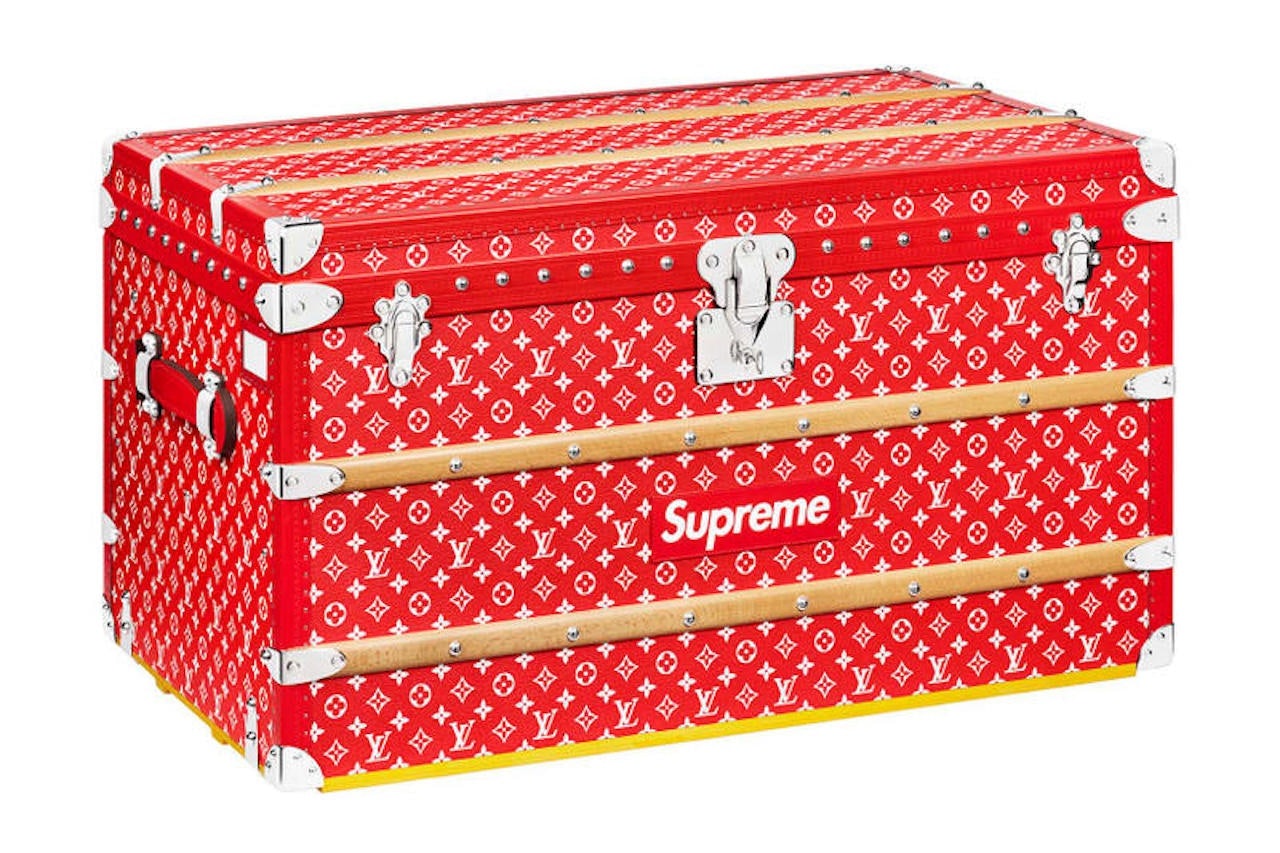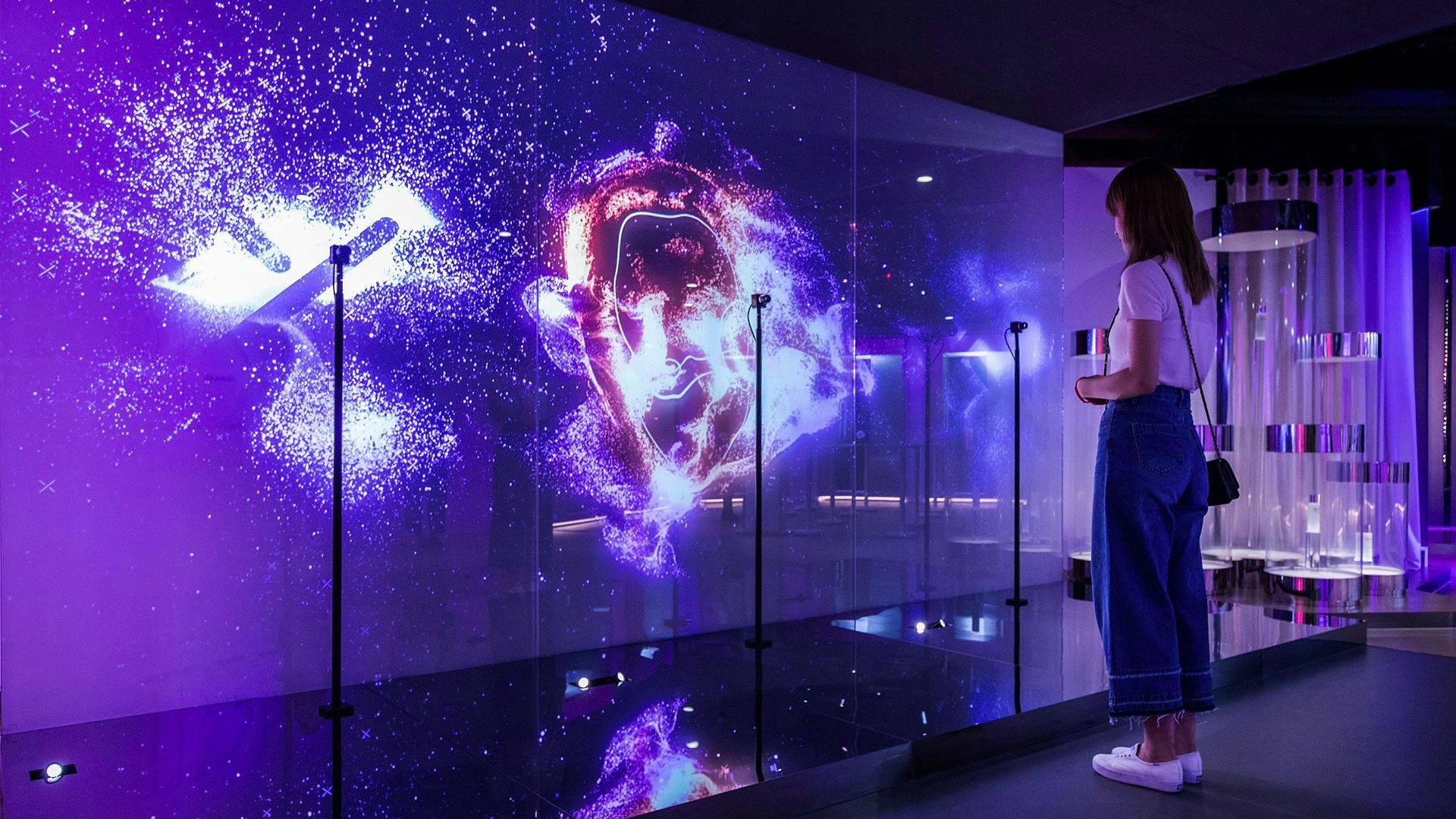“Is the Vuitton brand ‘too’ ubiquitous?”
That’s an intriguing question being raised by investment bank Morgan Stanley ahead of the release of French luxury behemoth LVMH Moet Hennessy Louis Vuitton (LVMH)’s 2018 full-year results on Tuesday, January 29. The company's results will play an oversized role in the luxury market mood and outlook as LVMH is the first major global luxury player to report since the slowdown of China’s economy.
The sweeping research note, published by the bank on January 16, analyzes in great detail three downside risks the company’s key brands – Louis Vuitton, Hennessy, and Sephora - may face in its long-term operations.
Make no mistake, though, Morgan Stanley maintains its overweight stock rating for LVMH, which is in line with the industry’s bullish consensus. The bank set the price target at €315. It opened the market in Paris at 259.5 euros this Monday. (The share price of the American Depository Receipt, which is the way investors to trade LVMH shares in the United States, stands at 59.07, a few dollars above its 52-week low.)
“To be clear, we don’t think the risks mentioned [in the report] have a high probability of materializing in a meaningful way, but we thought it would be useful for investors to frame the debate,” wrote Edouard Aubin, head of luxury research team at Morgan Stanley.
So, a look at a trio of the challenges faced:
Louis Vuitton’s ubiquitous presence may drive down brand desirability#
As the conglomerate’s cash machine, Louis Vuitton is estimated to account for approximately 47 percent of LVMH’s consolidated profits in 2018, generating 11.5 billion (€10.2 billion) of sales, up 9.7 percent from the year before, Morgan Stanley said. However, it noted omnipresence could become an issue that hurts desirability of the brand in the coming years.
For luxury brands, maintaining and enhancing desirability is a constant task. Undeniably, Louis Vuitton has been always striving for uncovering new driving forces to improve. In recent years, the brand formed some high-profile collaborations with luxury streetwear labels like Supreme and Off-White. It has also tapped into the influence of fashion designer Virgil Abloh for his popularity among millennials and an ethnically diverse audience. Last week, it was rumored that the house may partner with the black pop singer and culture influencer Rihanna to create a new label.
Louis Vuitton’s long-term investment in art also benefits the brand to stay upscale and exclusive. It has taken its signature art exhibition “Volez, Voguez, Voyagez” to many international destinations including Shanghai, Seoul, Tokyo, and New York. Joint collaborations with contemporary artists like Jeff Koons and Takashi Murakami also created a lot of online buzzes.
“There is no evidence that Vuitton’s desirability has declined in any major geographies in the past few quarters,” Morgan Stanley wrote. However, the brand’s growth could slow to mid-single digit and Vuitton’s EBIT margin could revert back to 40 percent, the low end of Vuitton’s 30-year range, the bank said.
Sephora’s expansion in China is threatened by Alibaba dominance#
LVMH’s premium beauty department Sephora should contribute to about 10 percent of the company’s profits in 2018, according to Morgan Stanley’s estimates. The brand has been relatively successful in a digital push in the West, as the report noted, making its business less threatened from the internet giant Amazon compared to other traditional retailers.
Sephora’s move in China has been more slow and cautious. It was only last year that the brand set up its first concept store in Asia, which is in Shanghai. And China may prove to be a tough arena for Sephora owing to a variety of the country’s prominent players, especially Alibaba. “In China, Sephora faces direct competition from Tmall and has much less exclusivity of certain brands as it does in other markets,” said Aubin.
Hennessy’s profitability hinges on consumers’ drinking habits#
Morgan Stanley projected Hennessy to account for about 9 percent of the company’s consolidated profits in 2018, and China plays a large role in that market. China accounted for about 30 percent of sales by volume and about 35 percent by value. It also estimated that about two-thirds of China's spend on cognac is made locally (Mainland China) and about one-third while traveling (Hong Kong, travel retail, etc.).
The profitability of LVMH’s cognac house Hennessy may face trouble in the long run as its major consumer segments (making up for almost 70 percent of its sales) - Chinese and American nationals - are embracing health and wellness trends, the report noted. But the risk can be offset as the trend toward “premiumization” in China is still on the rise, it added.
As a matter of fact, Hennessy’s brand awareness and market penetration in China are leading the league of Western-imported spirits, which includes other categories like whiskey/bourbon, gin, rum, and tequila. In a recent interview with Jing Daily, Andrew Khan, vice president of marketing at Moët Hennessy Diageo China, said the brand achieved double-digit growth in the country in 2018, confirming Morgan Stanley’s observation that “there is no sign that brand momentum is decelerating materially.”


